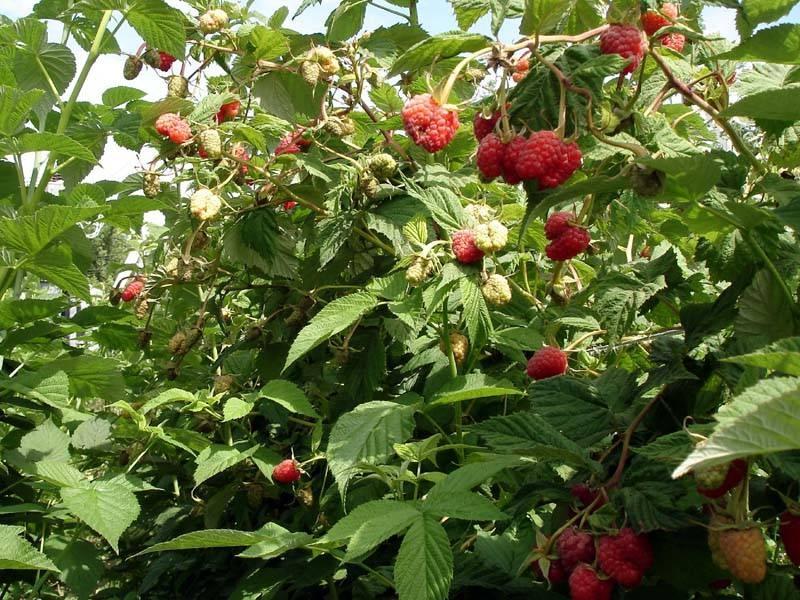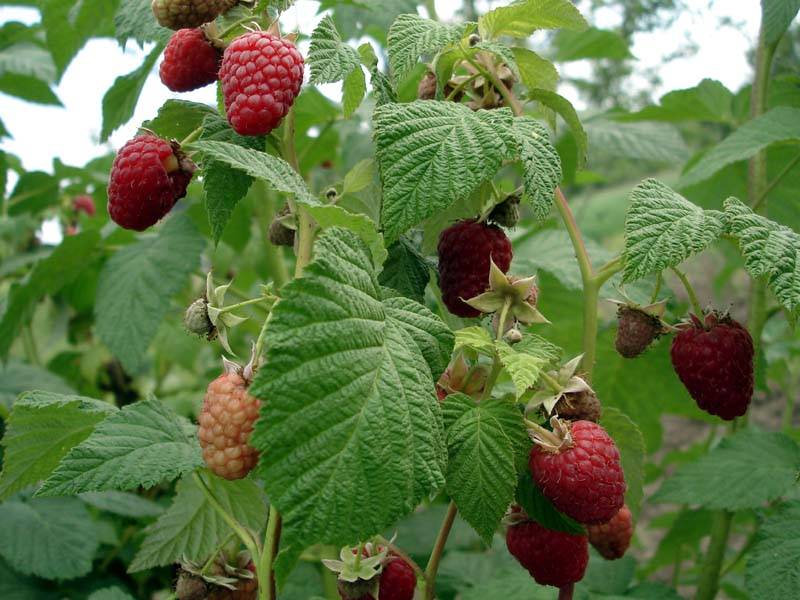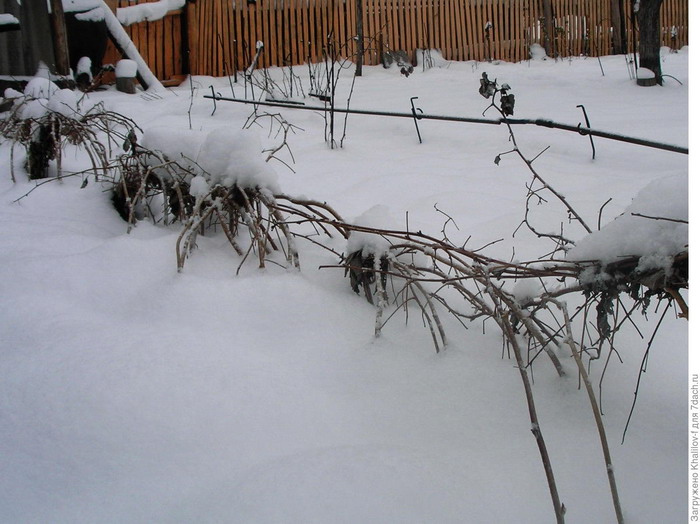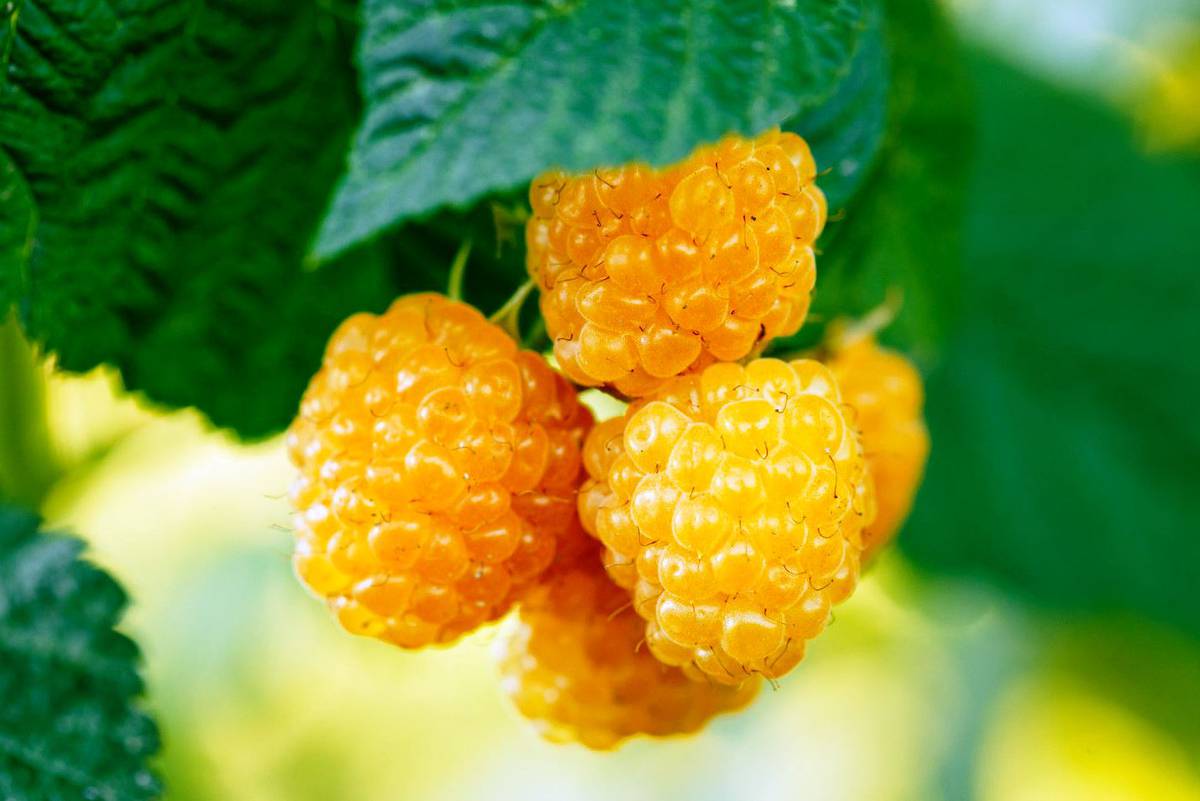Content:
Raspberries are a favorite delicacy of many, especially for children. The parents' dream for the children to eat raspberries straight from the bush, without fear of being scratched by prickly thorns, has come true. A couple of decades ago, a wonderful variety of thornless, large-fruited and fragrant Maroseyka raspberry was bred. Back in the 70s of the last century, at the Moscow Institute of Horticulture, this variety was bred by the breeder Kichina V.V. The type of Scottish raspberry was taken as a basis. Raspberry Maroseyka is characterized by large and sweet berries, unpretentiousness to diseases, fertility, ease of care. It was the first studless and large-fruited variety bred in Russia. It has become widespread, both among amateur summer residents and in agricultural companies that still grow it on an industrial scale for commercial purposes.
Characteristics of Maroseyka
Descriptions of raspberries of the Maroseyka variety will delight any gardener. Since Maroseyka is a hybrid of the Scottish variety, it has good resistance to cold and humid climates.
This raspberry shrub can reach a height of about 170 cm, with bright green, twisted, corrugated, large foliage and spreading branches. The characteristic feature is the absence of thorns. The fruit-bearing branches are long and rather thick, each with up to 20-25 berries. The bush gives a lot of shoots and shoots, so problems with reproduction are rare.
The variety begins to bear fruit in mid-July (once a year) annually, but the ripening of the berries is uneven, so you can feast on raspberries for several months. With timely fertilization, fruiting can reach about 6 kg per bush.
Important! The yield of Maroseyka directly depends on the climatic conditions and the quality of care; in the southern regions, the first crop can be harvested in late June-early July.
Berries of impressive size, light scarlet shade, juicy, sugary, with a dense consistency, do not crumble to the ground, reaching the peak of maturity, but at the same time are easily separated from the stalk. The weight of one fruit reaches 8-12 grams. The aroma is bright and intense. A slight, slightly noticeable bluish bloom may be present. Berries often grow together with each other.
The variety has an average frost resistance, since the roots are on the soil surface. In winter temperatures above minus 15 degrees, the bush must be covered (spunbond, agrofibre, straw, sawdust, etc.).
Another positive aspect is the high resistance to diseases and pests, as there is a wax coating on the branches, which protects against a number of diseases.
On a note. The use of Maroseyka is diverse: compotes, preserves, marmalades, baked goods.
The disadvantages include a decrease in fruit size over time. This is observed in plants over 10 years old.
Soil preparation, planting, reproduction
The characteristic of Maroseyka raspberry indicates that it is very unpretentious in planting, but more illuminated areas, where there is no shadow, contribute to greater fruitfulness and sweetness of the berries. Therefore, it is better to choose sunny areas with fertile soil.
For fertility, humus, manure and rotted sawdust are added to the soil from a one to one ratio, peat, humus. Having scattered fertilizers on the soil surface, it is dug up with a bayonet shovel (to the entire depth of the bayonet), planting is possible after a couple of weeks, otherwise there is a high probability of "burning" the raspberry roots.
You can plant young bushes in spring and autumn. Planting is carried out in rows. Pits are dug at a distance of 70 cm from each other, the distance between the rows should be 1.5 meters - this ensures the correct growth of the plant and easy assembly.
The size of the hole is standard - 50 by 50 cm in diameter and depth. Any fertilizers (manure, supersulfates) are placed at the bottom of the pit, which are sprinkled with earth. The root collar deepens literally a couple of cm. After planting, watering is required within 5 liters of water per bush.
Important! You should not expect a large harvest in the first year, a good harvest will be only after a season.
The choice of seedlings is standard: there must be a developed root system, without visible diseases and damage, the presence of 2-3 shoots is mandatory.
Maroseyka gives a large growth, so there are no problems with reproduction. The offspring are connected by common roots with the main bush, they can be separated when they are very small or reach a height of 20 cm. This time usually falls in the middle of summer. Therefore, planting offspring can be done in the summer using standard technology. Just before the arrival of frost, young shoots have time to take root, but require separate preparation for the cold.
Important! The offspring are separated from the mother bush with a clod of soil to minimize trauma to the roots.
Raspberry care Maroseyka
After planting raspberries, she needs standard care. Every gardener knows that loosening the soil and removing weeds enriches the soil with oxygen. It is necessary to loosen the soil carefully, since the roots of the plant are close to the soil surface. It is periodically required to remove the shoots, otherwise by the end of the season the raspberries will grow strongly, and the yield may decrease. It is recommended to leave no more than 5-8 shoots.
Watering is required standard, as needed. In the summer, raspberries need weekly watering with a bucket of water per bush.
The creation of supports for the Maroseika garter is encouraged. It is enough to stretch several rows of wire along the entire length of the row at a height of 40 cm, 100 cm and 120 cm. Each branch is tied separately.
It is recommended to prune raspberries in the fall, removing young and weak shoots. Trimmed, as a rule, about 20 cm. The remaining trim is prepared for winter.
In the spring, additional pruning is carried out: diseased, frozen and dry branches are removed.
Worth knowing! To increase the number of branches, in the spring you can pinch the tops that have reached a height of about half a meter by 10 cm. This will contribute to the emergence of new and stronger shoots.
Fertilization of the soil is carried out as standard, based on mineral and organic components. You can buy ready-made, for example, Vila 1 kg, within 200 rubles. RF. It is applied 3 times a season (March, April, July.). It is scattered over the soil surface at the rate of 20 gr. for 1 sq.m. and poured abundantly with water. Or you can use rotten wood chips, peat, humus, manure.
The peculiarity of the Maroseyka variety is its weak frost resistance. Preparation should begin at the end of September, after the last harvest. It is at this time of the year that the shoots are more flexible and elastic, so the likelihood of breaking branches is minimal. Bending down is carried out after cutting off excess shoots. The branches are neatly tied together in one direction and laid on their side. The bush must be covered with straw, foliage, sawdust, covering material (density 60 grams per square meter), mulch from plants with a thickness of at least 10 cm.This ensures that the raspberry variety will overwinter perfectly.
Maroseyka is extremely rarely exposed to diseases and is very resistant to pests. If desired, at the beginning of spring, before the buds appear, you can apply a spraying with nitrophene (30 grams per bucket of water), boric acid powder (10 grams per bucket of water).
Despite the fact that today on the market a variety of raspberry varieties is offered in a wide range, the popularity of Maroseyka is still high.This is easily explained - its cultivation does not cause any particular problems. Care and planting are carried out according to the standard procedure, and for reproduction there is no need to resort to buying new seedlings. You can do everything yourself.

















